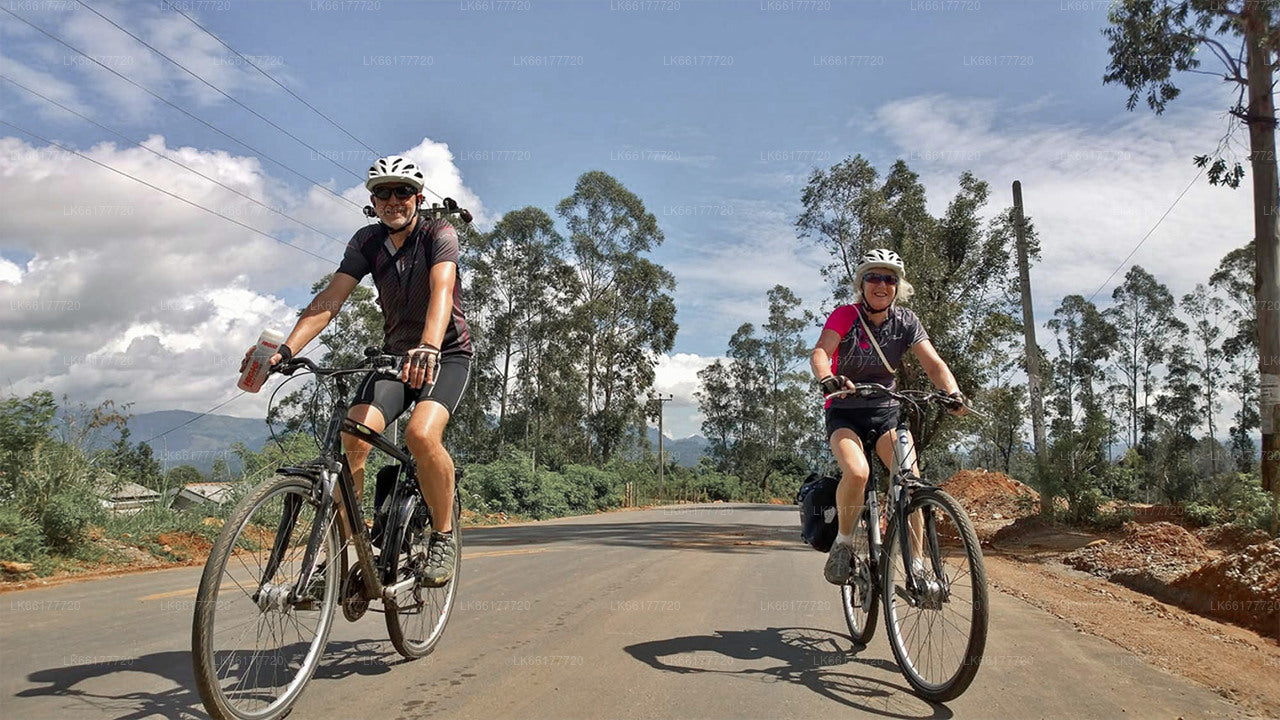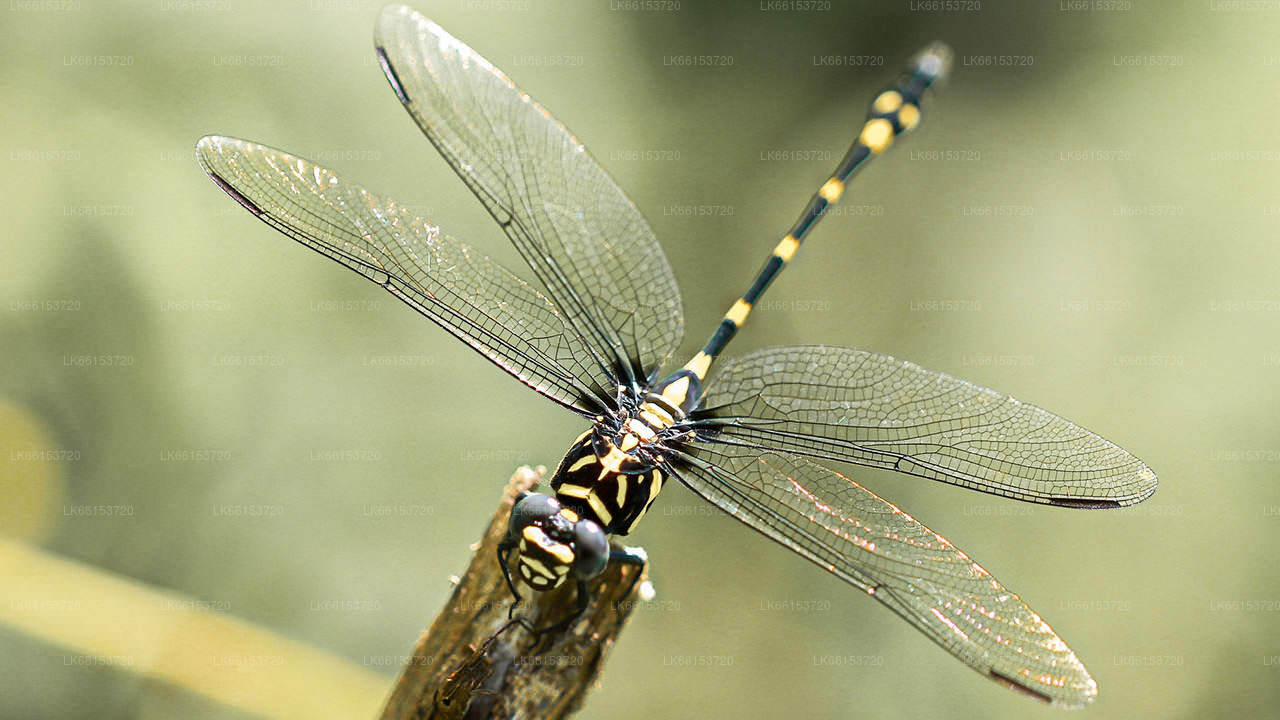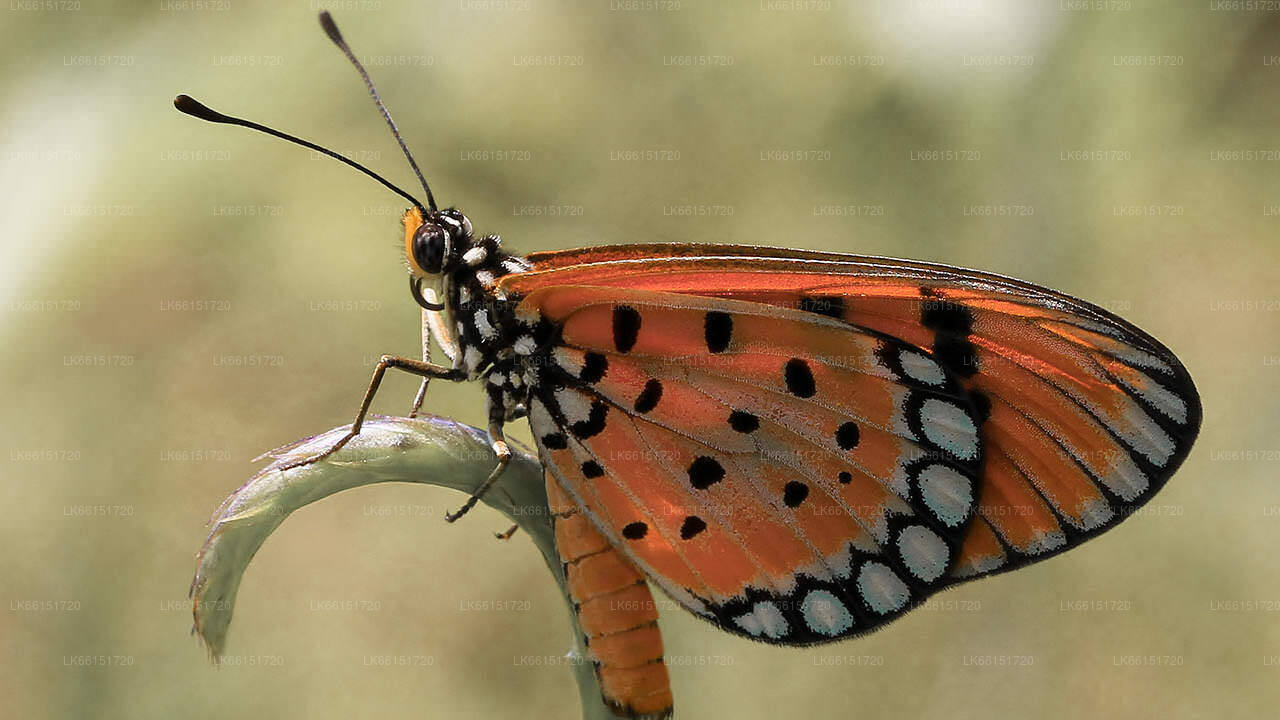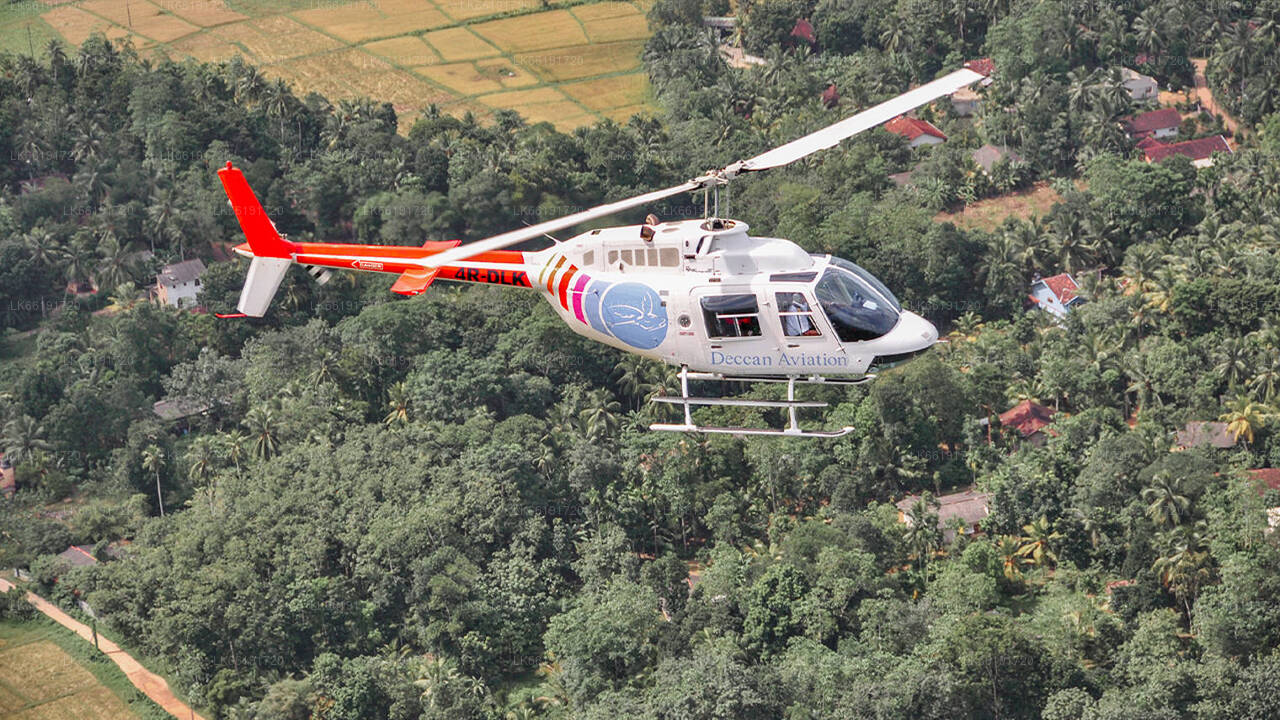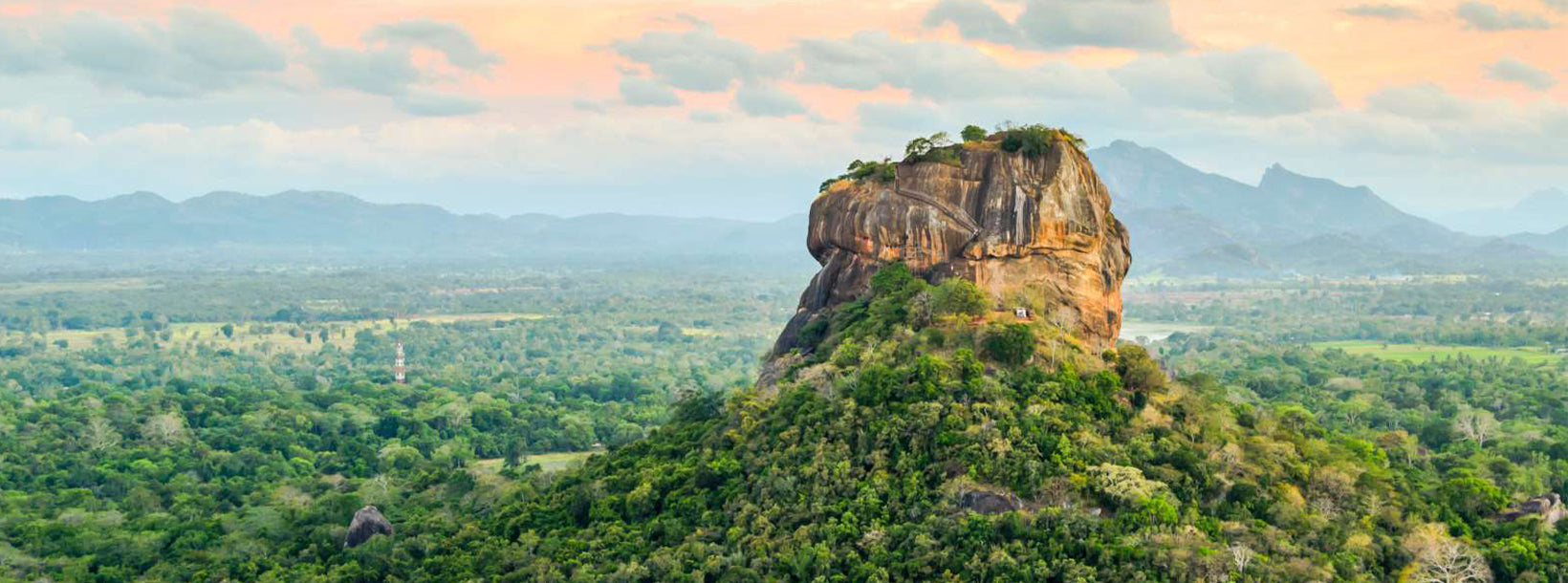
Ciudad de Sigiriya
Sigiriya, Patrimonio de la Humanidad por la UNESCO en Sri Lanka, es una antigua fortaleza y palacio de roca con impresionantes frescos y amplios jardines. Elevándose imponente sobre la llanura, es un testimonio de la rica historia y el ingenio arquitectónico de la isla. Explore la encantadora belleza y la importancia cultural de Sigiriya.
Sigiriya Frescoes
The Sigiriya Frescoes were painted on the western surface of Sigiriya Rock, located in central Sri Lanka. Painted thirteen hundred years ago, they were the highlight of a massive palace complex built in 480AD by King Kasyapa. Today only a few paintings survive, in a small pocket half-way up the rock, about 100 meters above ground.
Protected in this small, sheltered depression a hundred meters above ground, they float effortlessly among the clouds. Some say they are celestial nymphs carrying flowers to shower upon kings and mortals below. Others suggest that they are queens and concubines of Kasyapa’s harem.
The ladies of the frescoes have been the subject of speculation for nearly one thousand six hundred years. They, in turn, have remained silent, smiling enigmatically, their secret intact for over 1,600 years. The names of the ladies and the artists who painted them are lost to history. Their legacy has survived for over half a million days, a testament to the genius of their creators and the king who commissioned them.
Who are the women in the Sigiriya Frescoes?
The rich adornments, sophisticated clothing, lifelike appearance, vibrant use of color, and the true rendition of facial and anatomical characteristics support the view that the artist drew his inspiration from the ladies of King Kasyapa’s court — his harem. The most telling validation of this view is that they all wear a delicate three-circled tattoo around their necks
The prominent but unobtrusive display of this tattoo, worn with pride, was meant to clearly identify these ladies as belonging to the king. They were ladies of the king’s harem, dressed in their finest. They were to be admired but not touched. For this reason, they were depicted in true form, voluptuous and desirable, but shorn of any earthly sexuality. They were not intended to be titillating. Depicted as supernatural beings they are portrayed with flowers to shower upon humans below. They were intended to evoke a sense of wonderment and to project the opulence and grandeur of Kasyapa the all-powerful god-king.
Acerca de la Provincia Central
La Provincia Central de Sri Lanka se compone principalmente de terreno montañoso. Tiene una superficie de 5.674 km² y una población de 2.421.148 habitantes. Algunas de sus ciudades principales son Kandy, Gampola (24.730), Nuwara Eliya y Bandarawela. La población es una mezcla de cingaleses, tamiles y moros.
Tanto Kandy, la capital de la montaña, como Nuwara Eliya se encuentran en la Provincia Central, al igual que Sri Pada. La provincia produce gran parte del famoso té de Ceilán, plantado por los británicos en la década de 1860 tras una devastadora enfermedad que destruyó todas las plantaciones de café de la provincia. La Provincia Central atrae a numerosos turistas, con pueblos en las colinas como Kandy, Gampola, Hatton y Nuwara Eliya. El Templo del Diente o Dalada Maligawa es el principal lugar sagrado de la provincia Central.
El clima es fresco, y muchas zonas a unos 1500 metros de altitud suelen tener noches frías. Las laderas occidentales son muy húmedas, con casi 7000 mm de lluvia al año en algunos lugares. Las laderas orientales forman parte de la zona semiseca, ya que solo reciben lluvias del monzón del noreste. Las temperaturas oscilan entre los 24 °C en Kandy y tan solo 16 °C en Nuwara Eliya, situada a 1889 m sobre el nivel del mar. Las montañas más altas de Sri Lanka se encuentran en la Provincia Central. El terreno es mayoritariamente montañoso, con profundos valles que lo atraviesan. Las dos principales regiones montañosas son el macizo central y la cordillera Knuckles, al este de Kandy.










